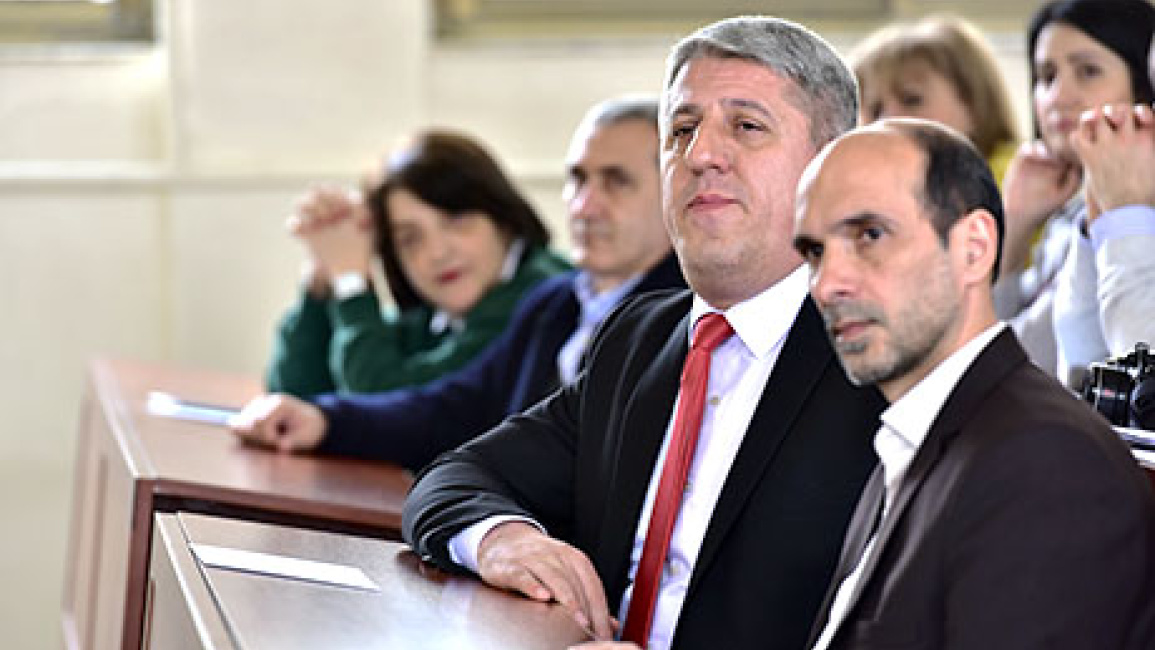- Main
- Node
- “WE ARE CELEBRATING ONE OF THE MOST IMPORTANT HOLIDAYS OF OUR FRIEND IRAN SHOWING THIS WAY OUR LOVE AND RESPECT FOR OUR NEIGHBOR PEOPLE”: NOVRUZ WAS MARKED AT YSU
March 19, 2019 | 17:01
Society
“WE ARE CELEBRATING ONE OF THE MOST IMPORTANT HOLIDAYS OF OUR FRIEND IRAN SHOWING THIS WAY OUR LOVE AND RESPECT FOR OUR NEIGHBOR PEOPLE”: NOVRUZ WAS MARKED AT YSU
On the initiative of the Chair of Iranian Studies of YSU Faculty of Oriental Studies the event entitled “Two peoples- one civilization” dedicated to the Armenian-Iranian relationship and Novruz was held today.

The event was organized to present the society the development of Armenia-Iran relationship, the cultural and historical similarities between the two neighbor friendly countries, as well as the symbols and traditions of Iranian New Year-Novruz.
The Dean of the Faculty of Oriental Studies Ruben Melkonyan, the representatives of the Chair of Iranian Studies, the Advisor for Culture Affairs of the Embassy of the Islamic Republic of iran M. Heidari, other representatives of the Embassy, students were present at the event.
In the interview to us the lecturer of the Chair of Iranian Studies Artyom Tonoyan informed that during their studies the students got to know about this holiday through reading various texts, watching films and visits to Iran and it was their initiative to mark the holiday.
The head of the Chair of Iranian Studies Vardan Voskanyan presented the history of Novruz, informed that the traditions of this holiday remained nearly the same as in Zoroastrian Iran.
Mr. Voskanyan referred to the Armenian-Iranian cultural ties and stressed the centuries-old friendship between the two countries.
Mr. Heidari spoke about the peculiarities of Novruz traditions and about the similarities of Novruz and Armenian Easter and Tiarn’ndaraj.
Then the students presented the important historical events of Armenia and Iran in Armenian and Farsi. Told about the most interesting and beloved traditions of Novruz- Haftsin feast table which is laid with 7 items started with Farsi letter “sin”-apples, herbs, sea-buckthorn, sumac, garlic, vinegar and a coin. Besides they put on the table a Koran, a mirror, candles, fresh flowers, a clock and an alive fish which symbolize eternity, nature awakening, life and abundance. Haftsin table remained laid for 13 days.

